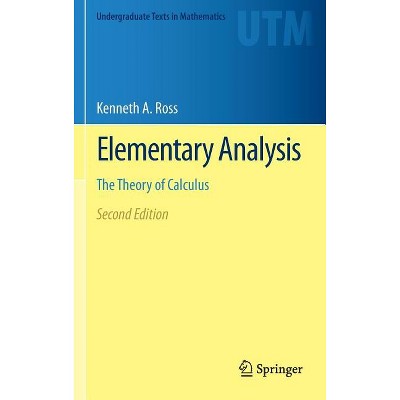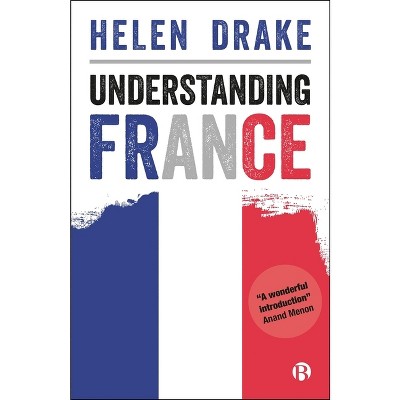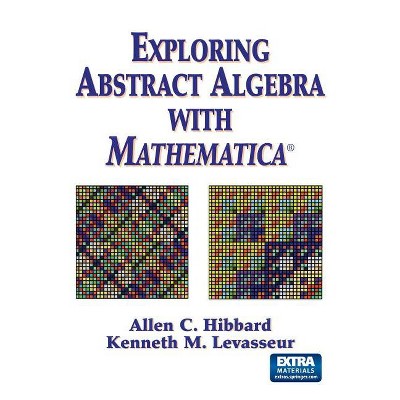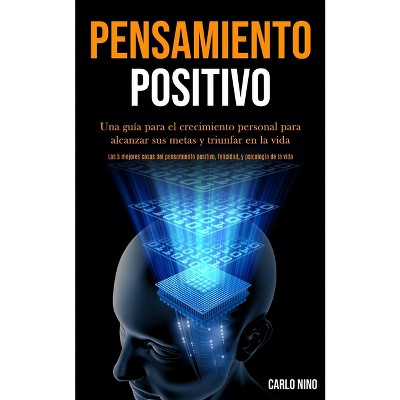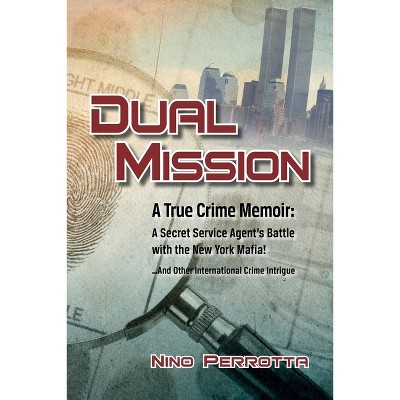Sponsored

Essentials of Mathematica - by Nino Boccara (Hardcover)
In Stock
Sponsored
About this item
Highlights
- This book teaches how to use Mathematica to solve a wide variety of problems in mathematics and physics.
- Author(s): Nino Boccara
- 539 Pages
- Science, Physics
Description
About the Book
This book teaches how to use Mathematica to solve a wide variety of problems in mathematics and physics. It is illustrated with many detailed examples that require the student to construct meticulous, step-by-step, easy to read Mathematica programs.
Book Synopsis
This book teaches how to use Mathematica to solve a wide variety of problems in mathematics and physics. It is based on the lecture notes of a course taught at the University of Illinois at Chicago to advanced undergrad and graduate students. Although there are several books on this topic in publication, this book does not assume a previous exposure of the reader to the mathematica software. The book is illustrated with many detailed examples that require the student to construct meticulous, step-by-step, easy to read Mathematica programs. The first part, in which the reader learns how to use a variety of Mathematica commands, contains examples, not long explanations; the second part contains attractive applications.
From the Back Cover
Essentials of Mathematica: With Applications to Mathematics and Physics, based on the lecture notes of a course taught at the University of Illinois at Chicago to advanced undergraduate and graduate students, teaches how to use Mathematica to solve a wide variety problems in mathematics and physics. The text assumes no previous exposure to Mathematica. It is illustrated with many detailed examples that require the student to construct meticulous, step-by-step, easy-to-read Mathematica programs. It includes many detailed graphics, with instructions to students on how to achieve similar results.
The aim of Essentials of Mathematica is to provide the reader with Mathematica proficiency quickly and efficiently. The first part, in which the reader learns how to use a variety of Mathematica commands, avoids long discussions and overly sophisticated techniques. The second part covers a broad range of applications in physics and applied mathematics, including negative and complex bases, the double pendulum, fractals, the logistic map, the quantum harmonic oscillator, the quantum square potential, the Van der Pol oscillator, the Duffing oscillator, multilane bidirectional pedestrian traffic, public-key encryption, tautochrone curves, Iterated function systems, motion of a bead on a rotating circle, Mersenne and perfect numbers, Lindenmayer systems, skydiving, Lorenz equations, the Foucault's pendulum, and Julia and Mandelbrot sets.
Review Quotes
From the reviews:
"Mathematica is a software package that makes mathematics easier for scientists and engineers. ... The range of examples is amazing ... . The book is well written ... . Summing Up: Highly recommended. Upper-division undergraduates through professionals." (P. Cull, CHOICE, Vol. v4 (3), November, 2007)
"The book ensures a thorough training in Mathematica, which is one of the most popular software packages ... . The structure of the volume was designed to cover the objectives of different groups of readers, with various levels of knowledge, from beginners needing assistance for the basic exploitation of the package, to experienced users focusing on specific types of problems. ... reflects a considerable teaching experience which also recommends it as a valuable companion for educators interested in preparing or upgrading lecture notes and seminars." (Octavian Pastravanu, Zentralblatt MATH, Vol. 1134 (12), 2008)
Shipping details
Return details
Trending Non-Fiction



